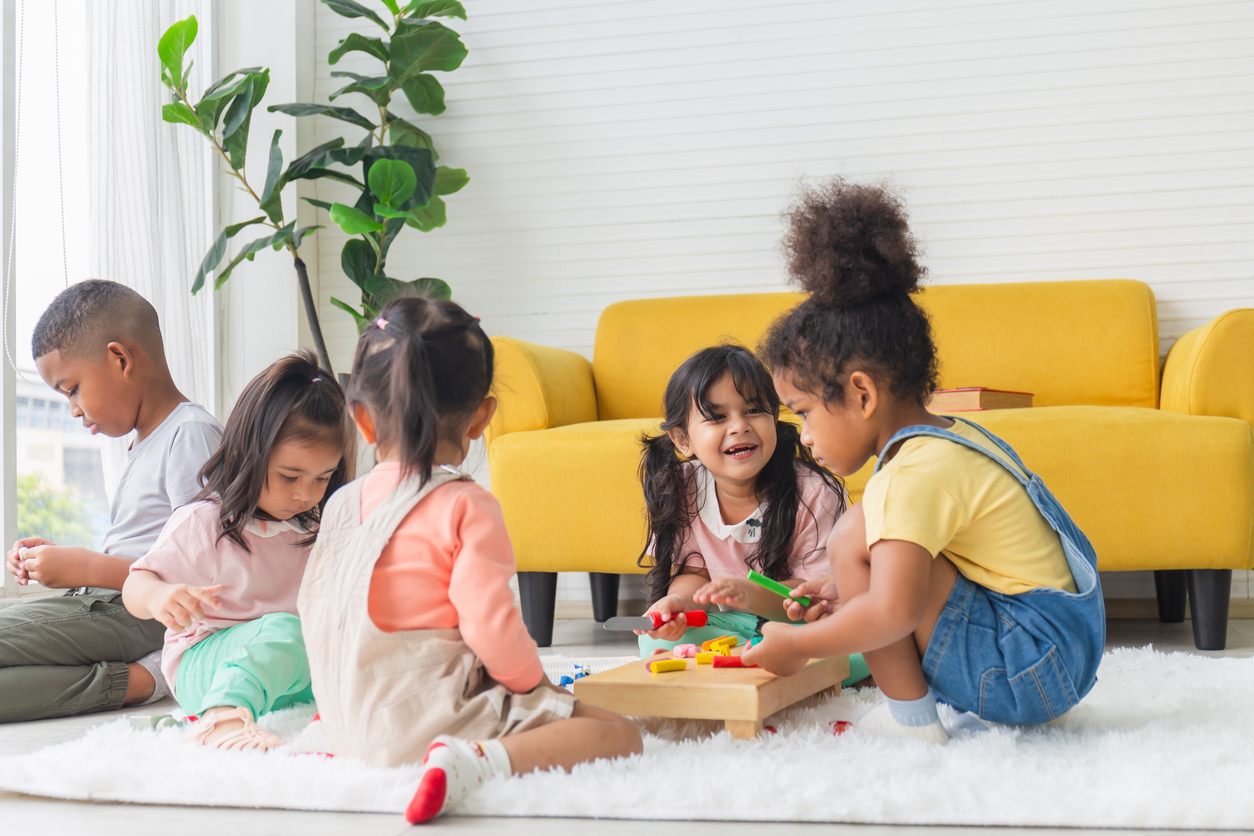What is an emotionally rich environment, why is it important and how can you create this in your early years setting? Early childhood expert Anneka Russell shares her expertise and top 5 tips in this thought provoking and practical guide.
The work of Friedrich Froebel on the impact the emotional environment has on children is well documented. If we look at just three of the Froebelian principles in particular, we can see where his work highlights this:
Positive relationships amongst staff, children, and parents are of central importance to the safety and security we all to need to learn and thrive. A setting with a deeply embedded ethos of community cohesion, will be able to attest to the value and richness within its community and the importance of respectfully tapping into this.
Everything we take the time to observe, learn and understand about the ‘unique child’ in our care, enables us to continuously grow on both a personal and professional level. The ongoing investment that educators make in their professional development allows them to provide a tailored and well informed balance of support, guidance, and challenge that both takes account of children’s interests and meets children at the point of their need.
The more we, as educators and humans in general, develop an awareness of (and connect with) the aura that both surrounds us and is within us, the more we can take responsibility for our role in ensuring we are properly aligned to make positive changes and help children to learn in a holistic way.

Similar to the Froebelian principles, with the Reggio approach recognising the environment as the ‘third teacher’, we are further reminded of the impact that the spaces we create have on helping to shape young children on a physical, emotional, and spiritual level. Whether we are indoors or outdoors the quality of our emotional environment permeates our setting, so as educators we have an important responsibility to ensure we are vigilant, consistent, and intentional about how we identify, manage, and minimise any risks within the emotional environment.



Anneka Russell has worked in early education for the last 20 years as a childcare professional, primary teacher, early years inspector and local authority early years adviser. Anneka currently works as an independent early years consultant. She is particularly passionate about working with schools and nurseries to improve learning environments (both physical and emotional) through room consultation and design.
Anneka is also the founder of JEKA Play which is a pack away furniture range which will provide solutions to childcare businesses and early years provisions that experience challenges using shared spaces, including pack-away childcare provision.